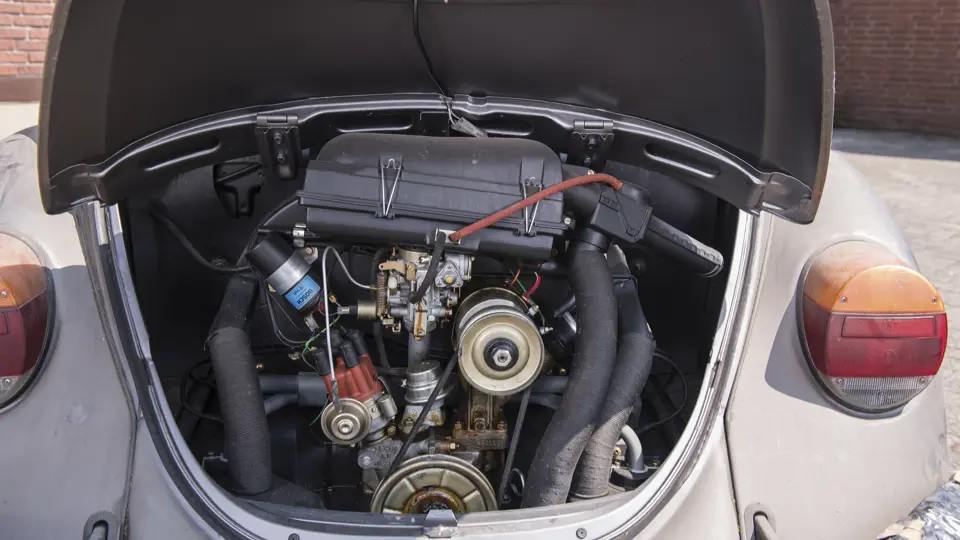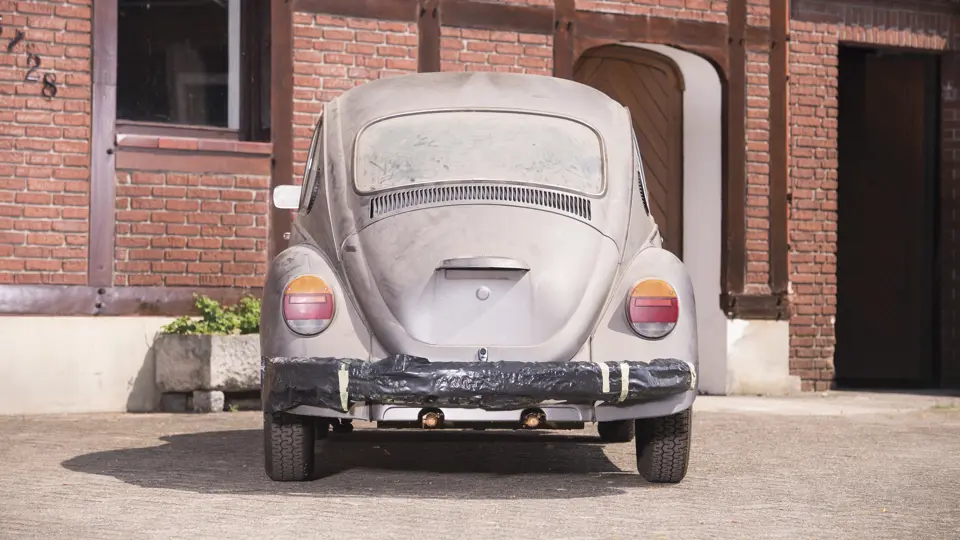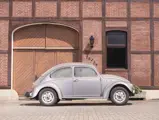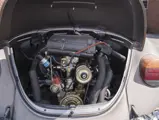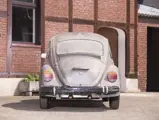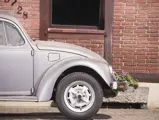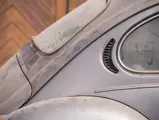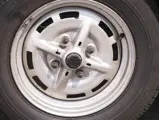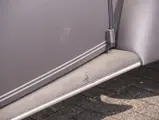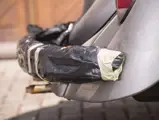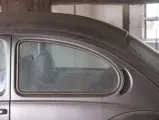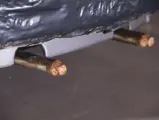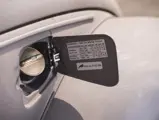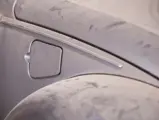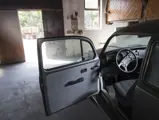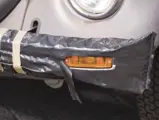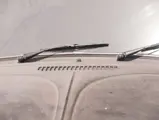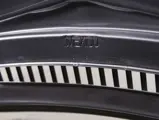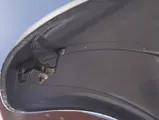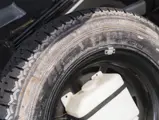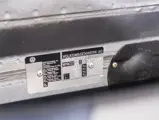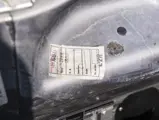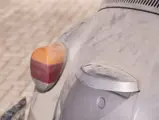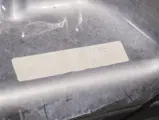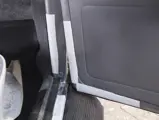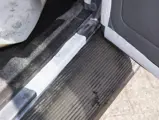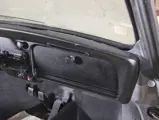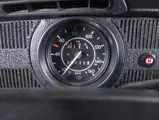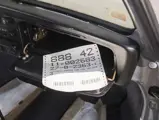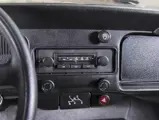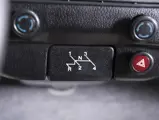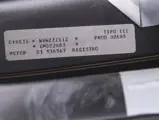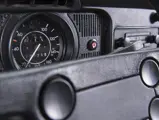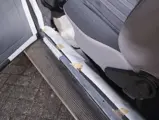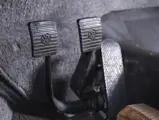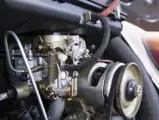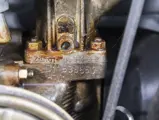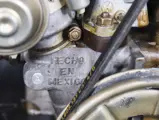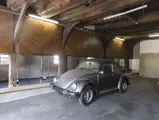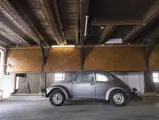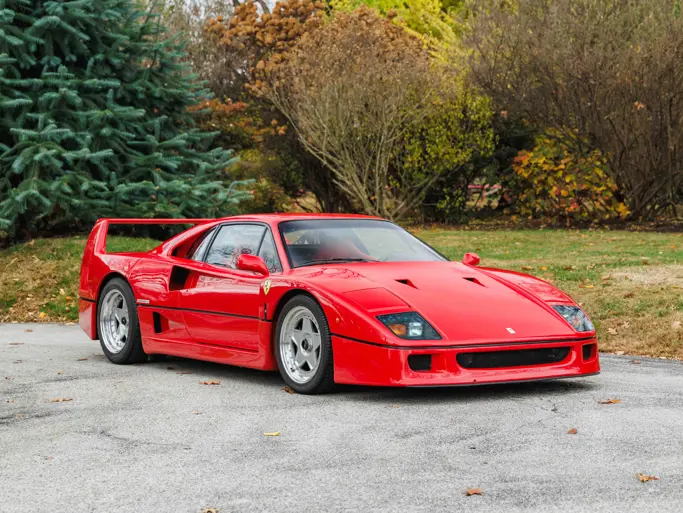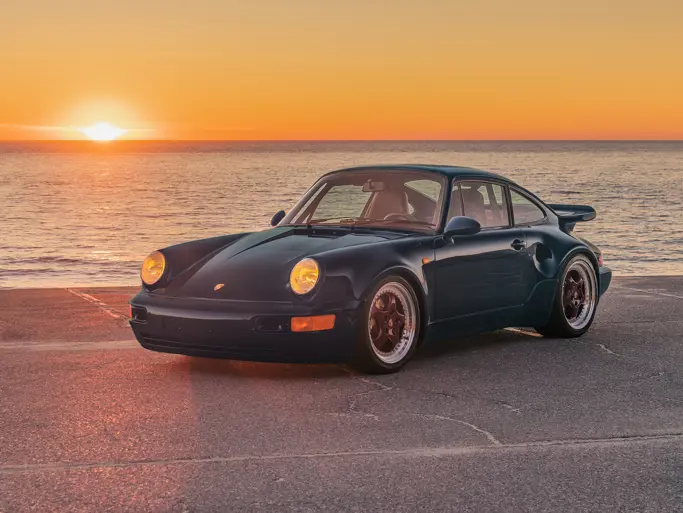Model 1511. 34 bhp, 1,192 cc OHV horizontally opposed four-cylinder engine, four-speed manual transmission, front and rear torsion bar independent suspension, and four-wheel hydraulic drum brakes. Wheelbase: 2,400 mm
The 1973 introduction of the water-cooled, front-engine Passat marked a near-total turnabout for Volkswagen. Its 1974 smaller counterpart, the Golf, really cemented the company’s commitment to front-drive automobiles, a genre that would become all but universal worldwide.
The legendary Käfer, the rear-engine, air-cooled Beetle that had become the globe’s leading “world car”, was not done, however. Production continued in Germany through January 1978, after which all Beetles came from Brazil, where they had been in production since 1953, or Mexico, likewise since 1955. The last-ever Beetle left the Puebla, Mexico, factory in July 2003.
Falling demand for Beetles, as the newer models gained favour, created an opportunity for creative marketing. Several special editions, never necessary during the Beetle’s golden years, were developed and built in limited numbers. The first was the Silver Bug, commemorating the 20 millionth Beetle built at Puebla, on 15 May 1981. A 1983 Aubergine Beetle was directed to Europe only, painted in Aubergine Metallic and bearing matching upholstery. Also that year, the Ice Blue Beetle, with metallic paint in that crisp hue and blue-grey tweed “Panama” upholstery, was released—to inland Germany only.
The Jubilee Edition Beetle, or 50 Jahre Käfer, celebrated the model’s 50th anniversary in 1985. Also a Germany-only model, it featured Zinkgrau (Pewter) Metallic paintwork, green tinted glass, chrome bumpers and trim, a silver “50 years” badge on the left front quarter and engine lid, twin white side stripes, 4.5Jx15 sports wheels with 165SR15 tyres, a Braunschweig Brunswick radio, padded dashboard, cloth upholstery with grey and red stripes, head restraints in cloth and leatherette, a four-spoke sports steering wheel, grey headlining, grey carpet on the sills and rear luggage compartment, and a heated rear window. Just 3,150 were built.
Without question, that offered here must be the most original Jubilee Edition in existence. Showing just 25 kilometres, it still wears its shipboard transport wax coating and wrapped bumpers. The exhaust is still wax-sealed to avoid any corrosion. Purchased in 1985 by its first owner, it was rolled off of the truck and immediately put away for nearly three decades. It has all its original equipment and features, including the Braunschweig Brunswick radio, sports steering wheel, and heated rear window. The car has never been started since arriving in Europe, though the fan belt has been manually turned to keep the pistons from seizing. Furthermore, the car has only been pushed around when necessary, and as the consignor notes, neither he nor the original owner have ever sat in the car. The 25 kilometres showing on the odometer were accumulated during testing after it left the assembly line in Mexico. A careful recommissioning will be necessary before putting it on the road, as one would expect from a “brand-new” Beetle built in 1985!
The ever-iconic VW Bug holds the record for the longest continuous production of a single design. This car represents a chance to acquire the rarest of the most, one out of 21.5 million: a virtually new example of one of the scarcest Beetle models.


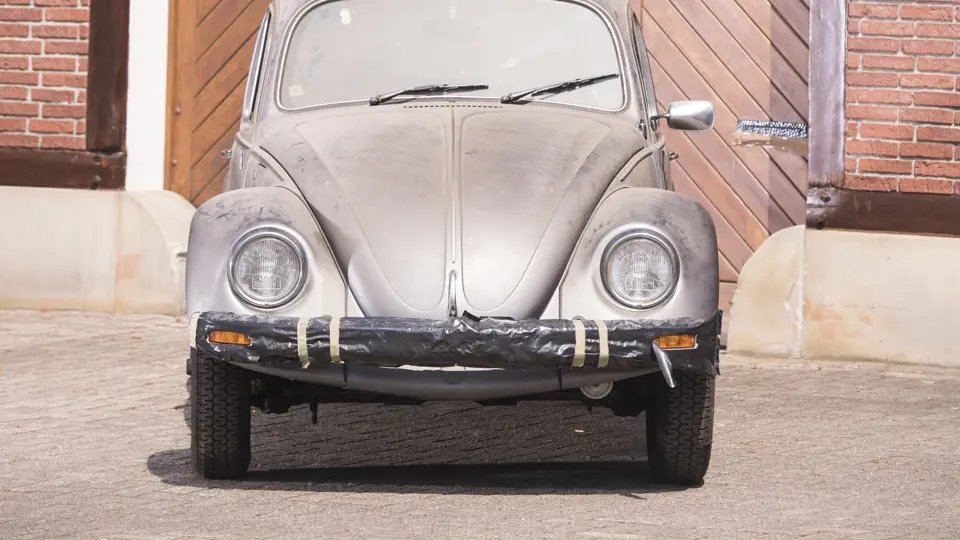

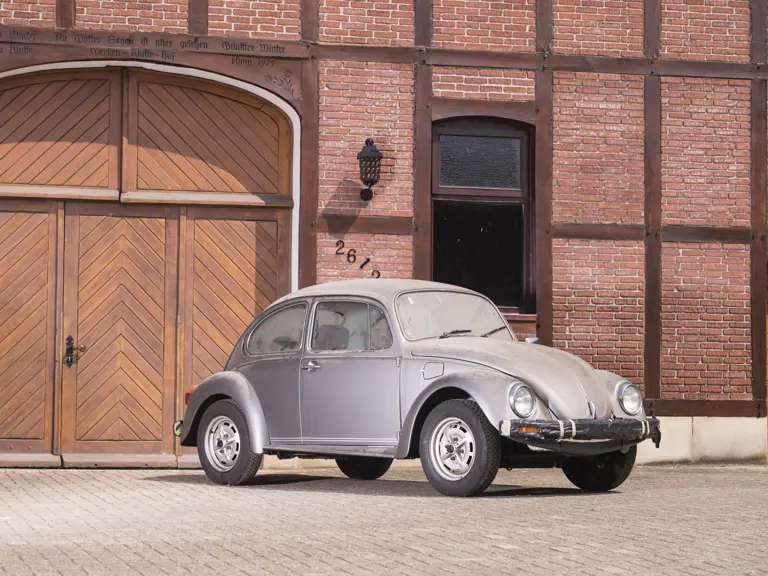

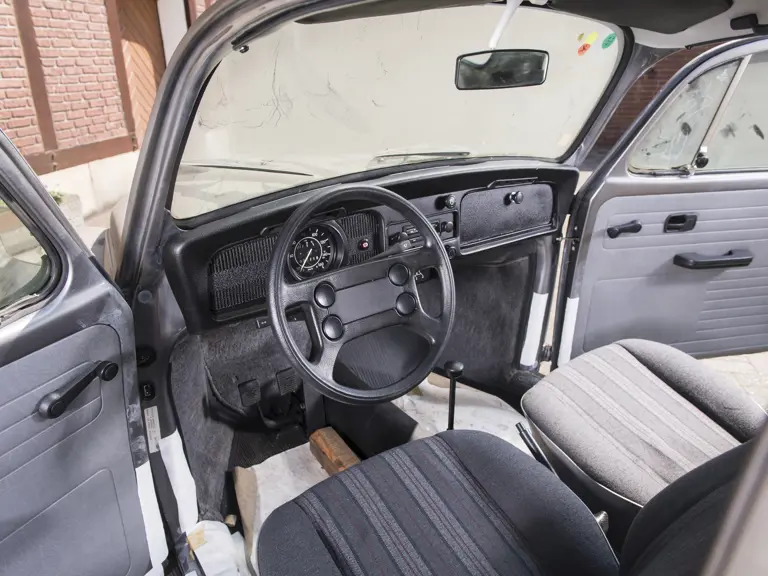
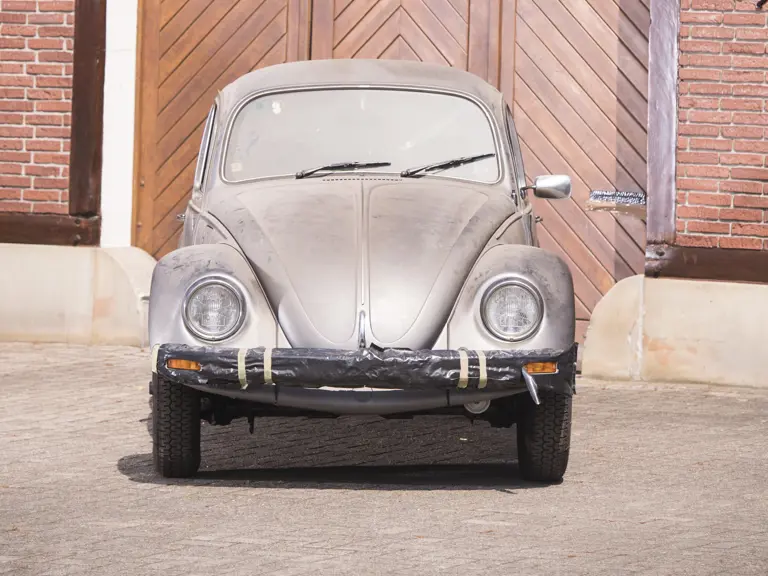
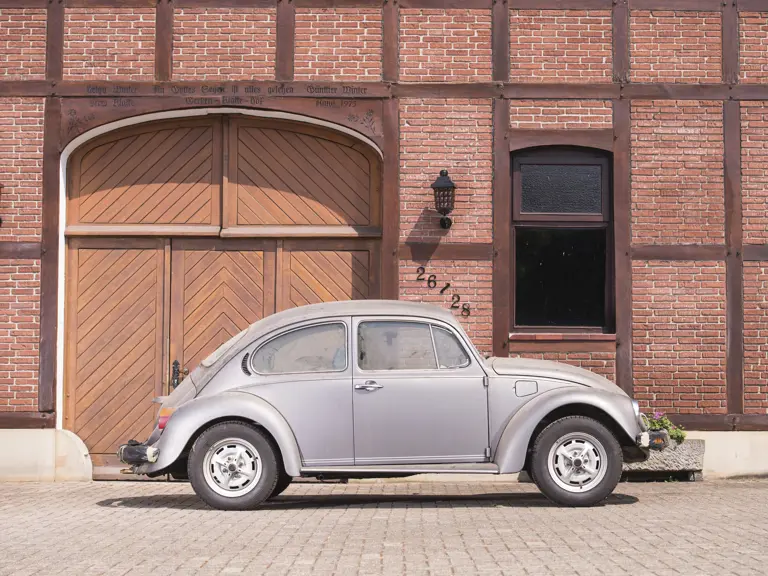

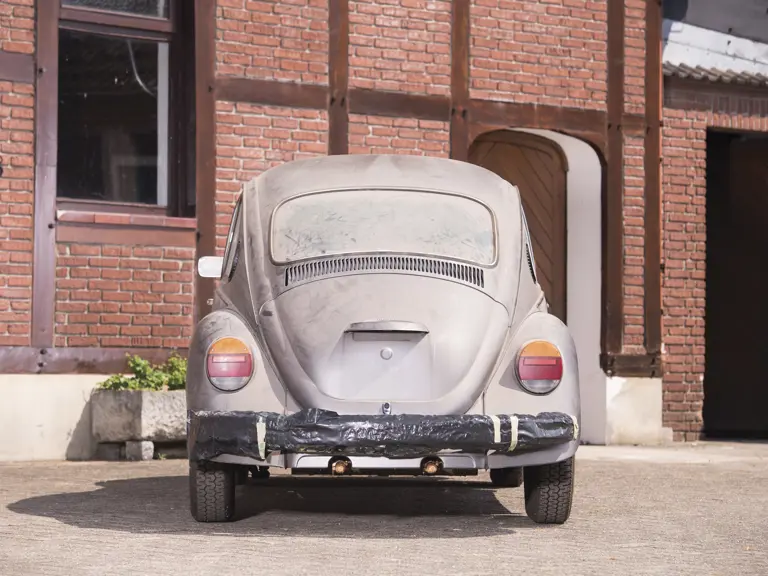
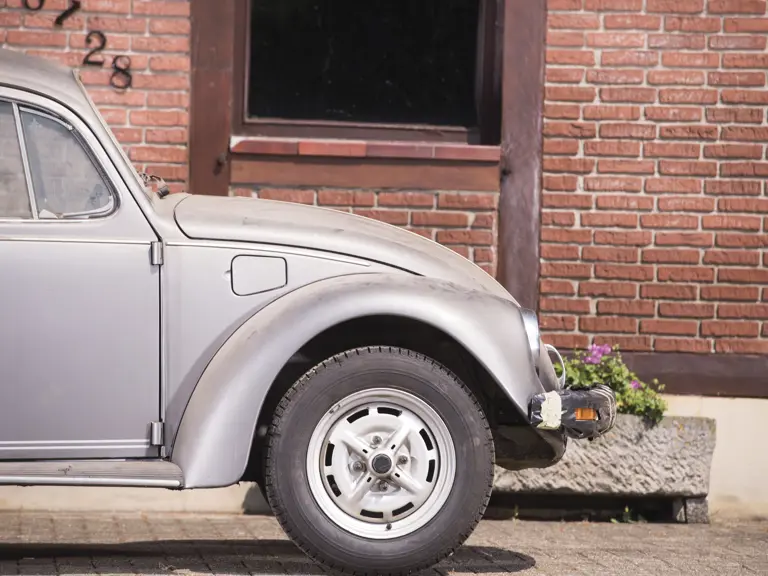
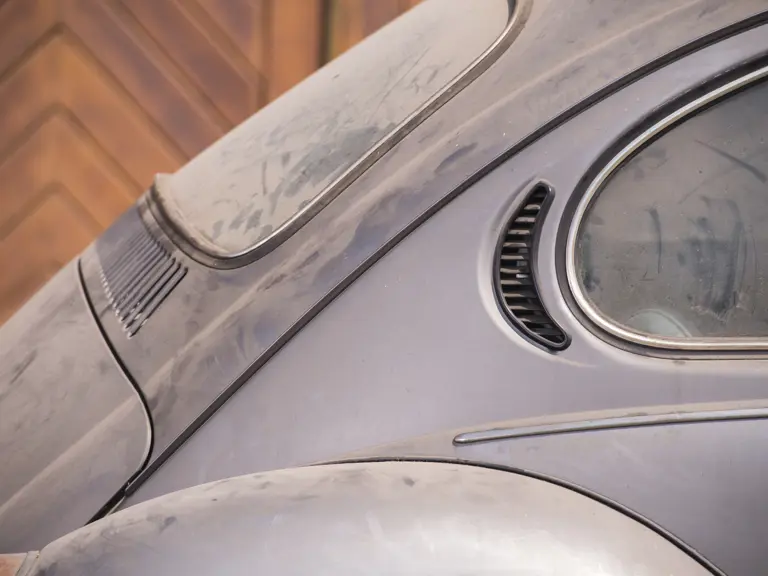
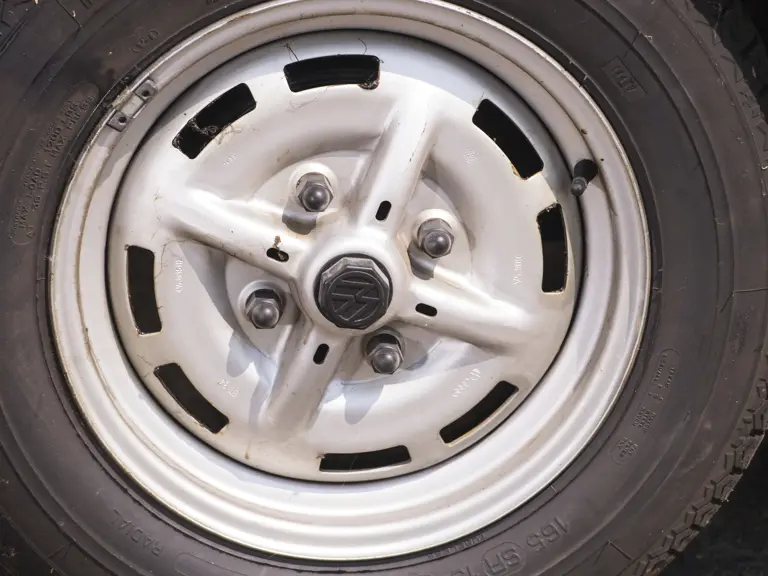
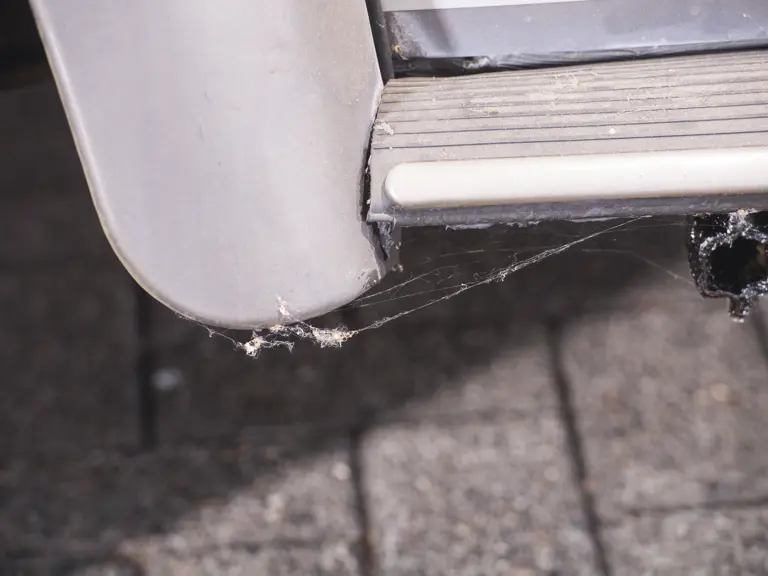

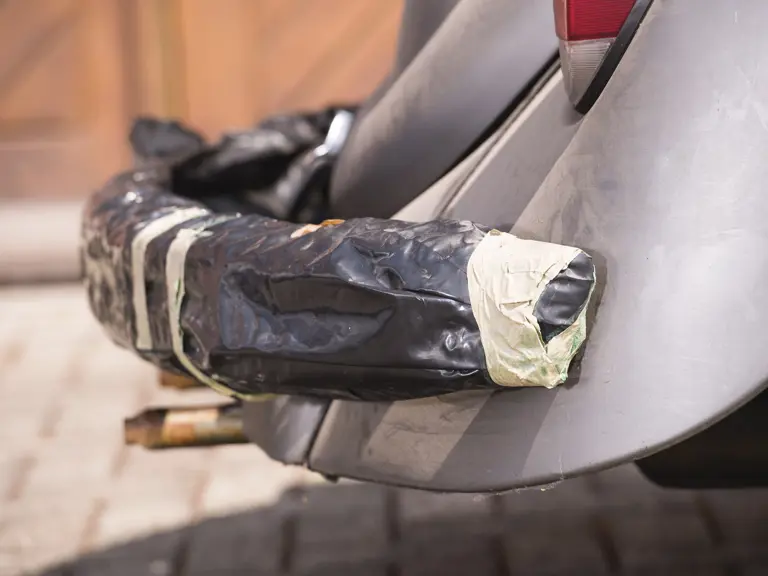
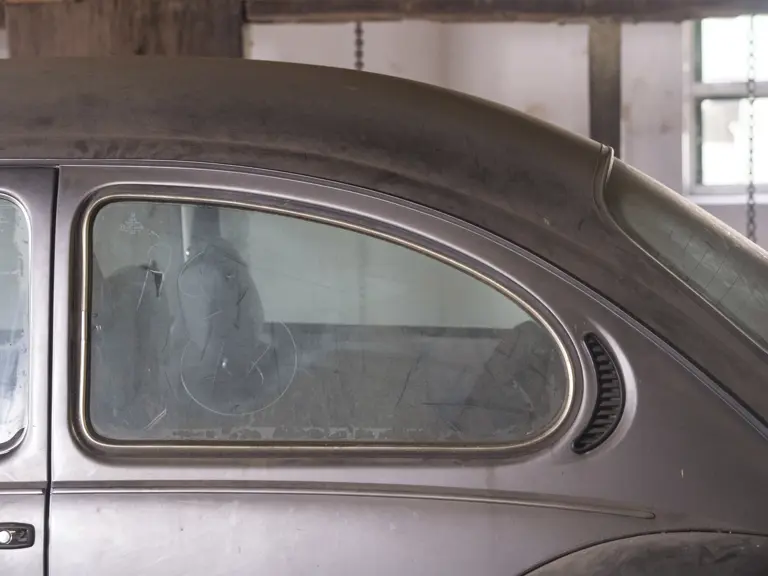
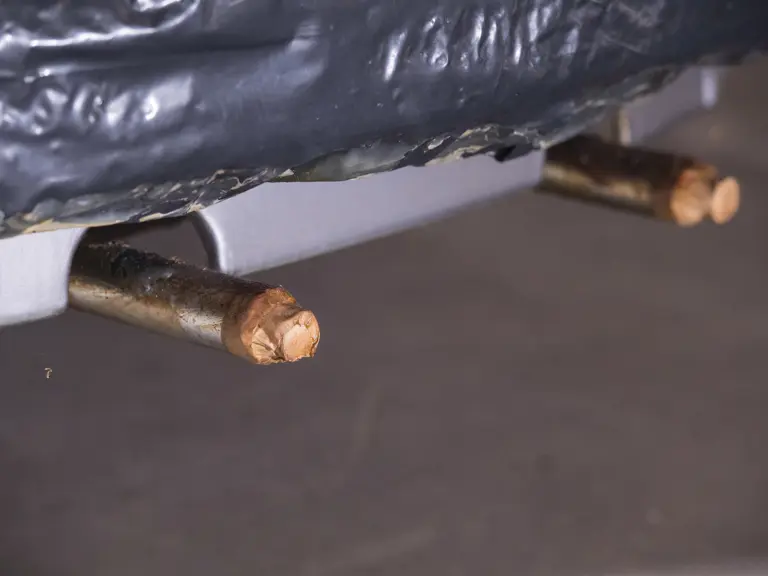
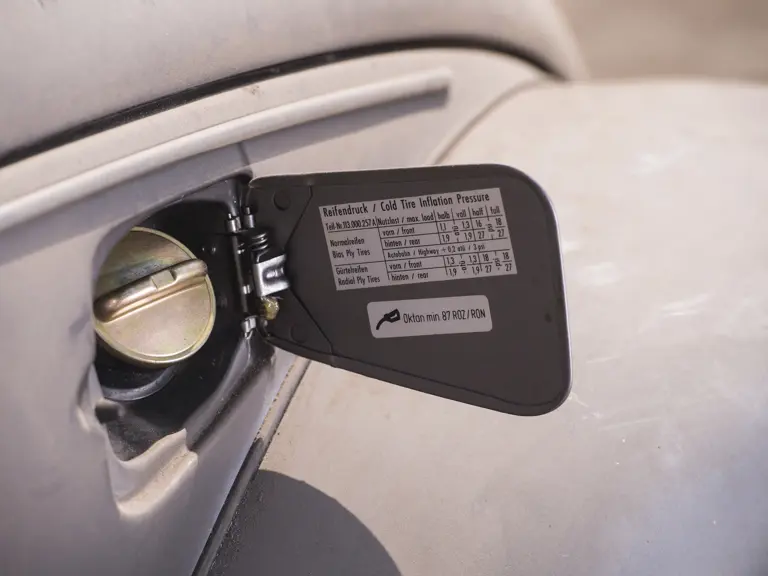
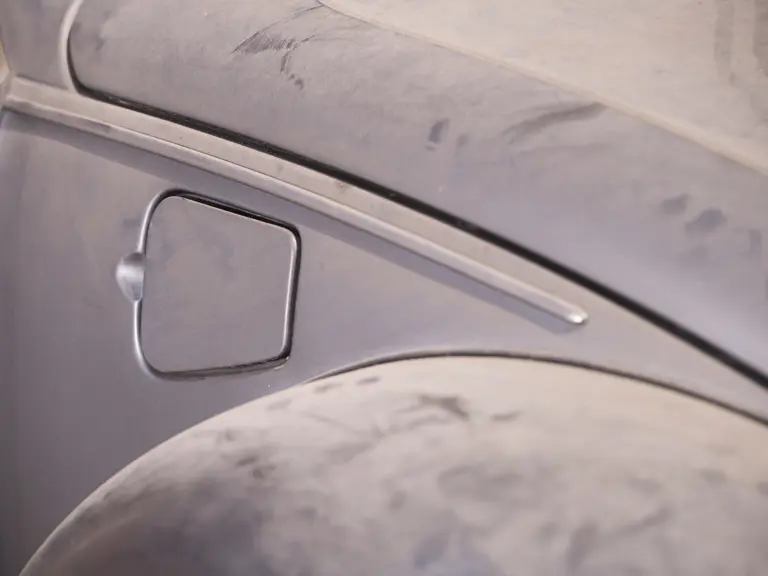
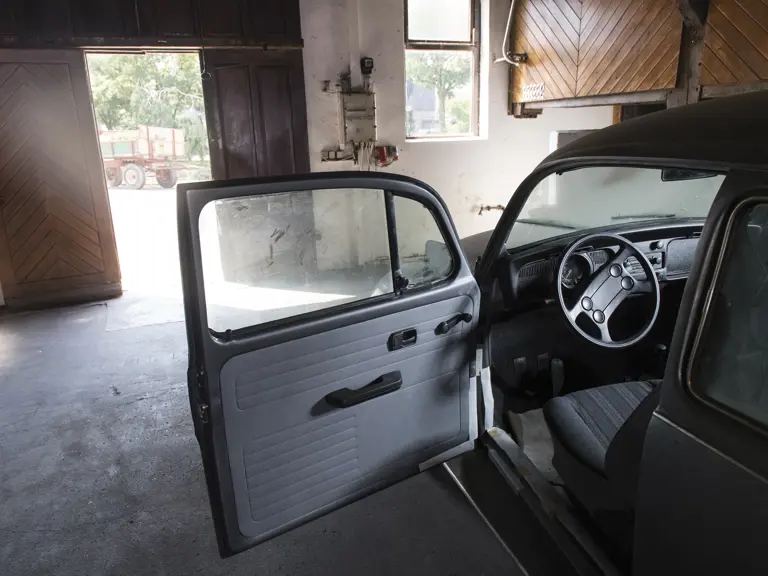
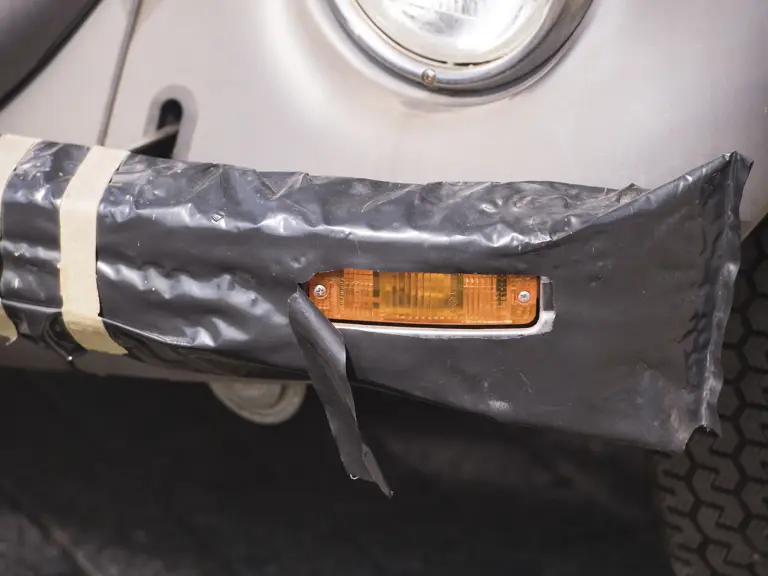

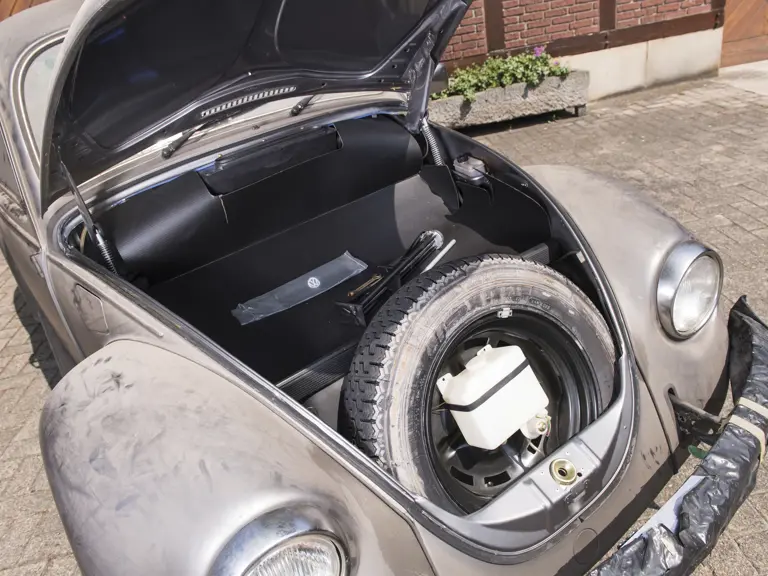
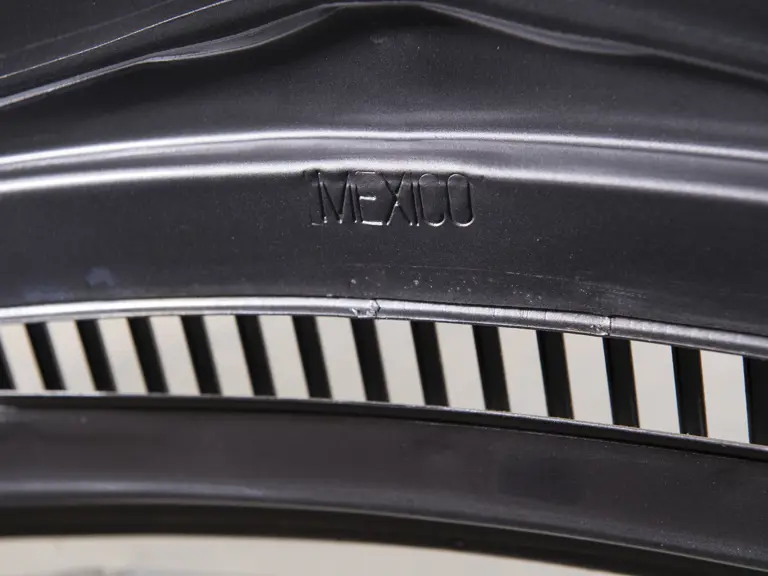
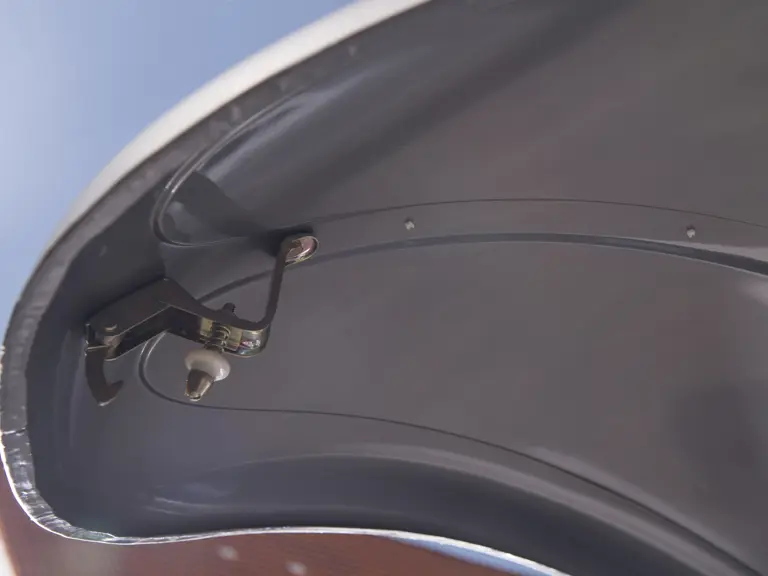
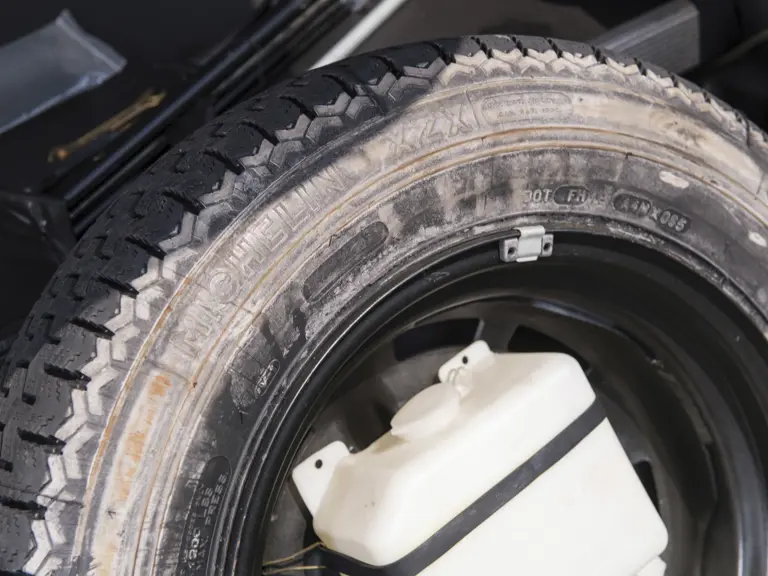

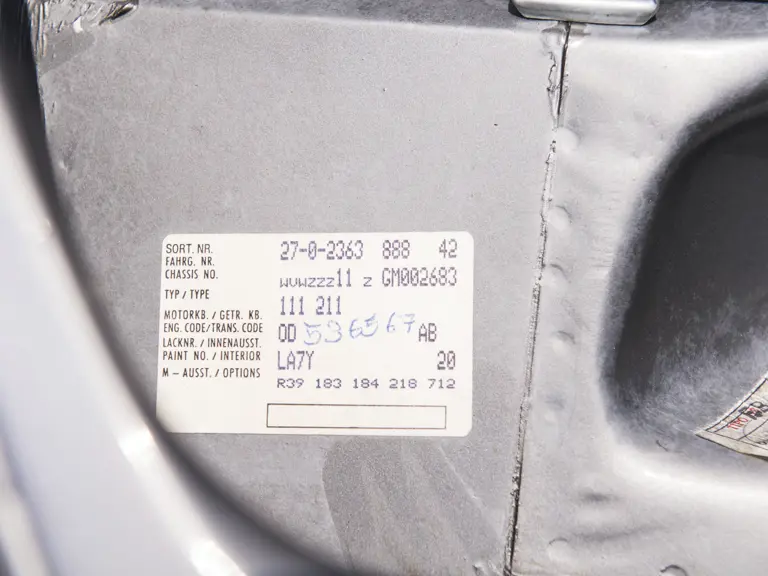

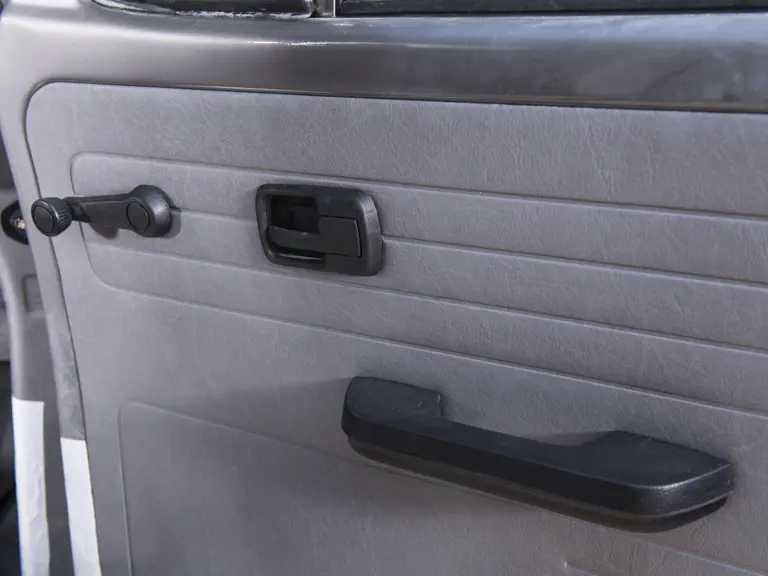
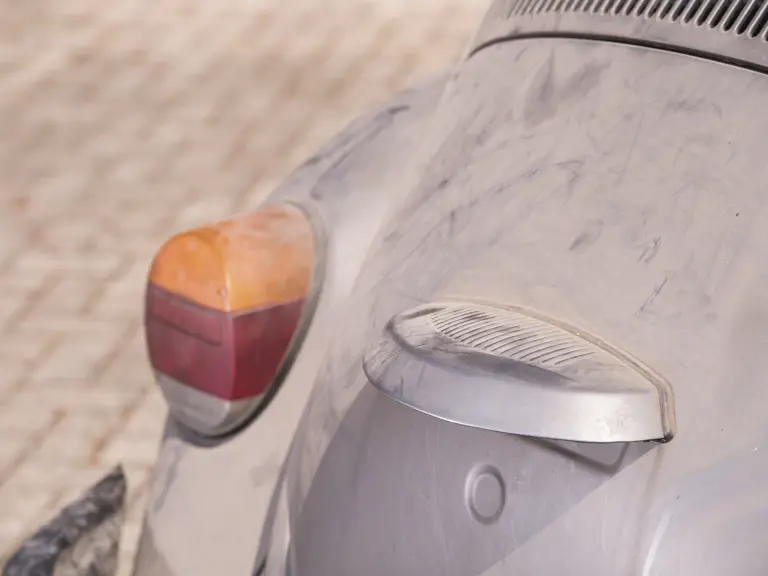
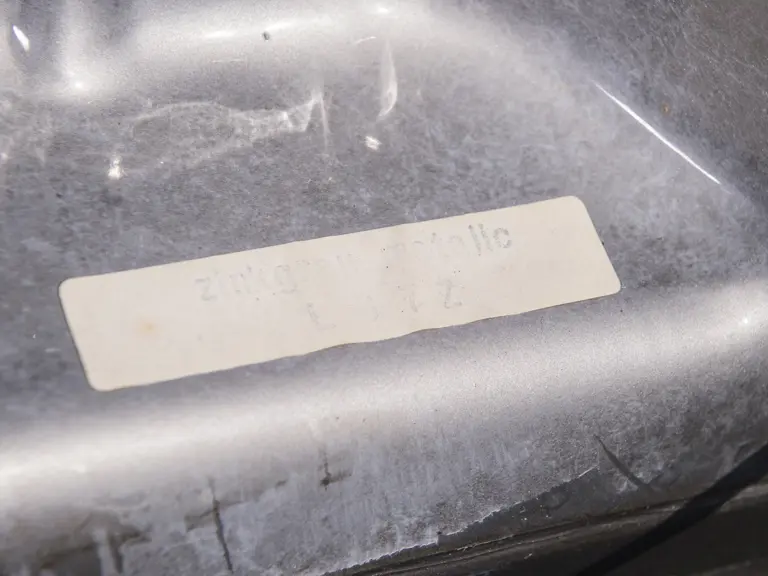

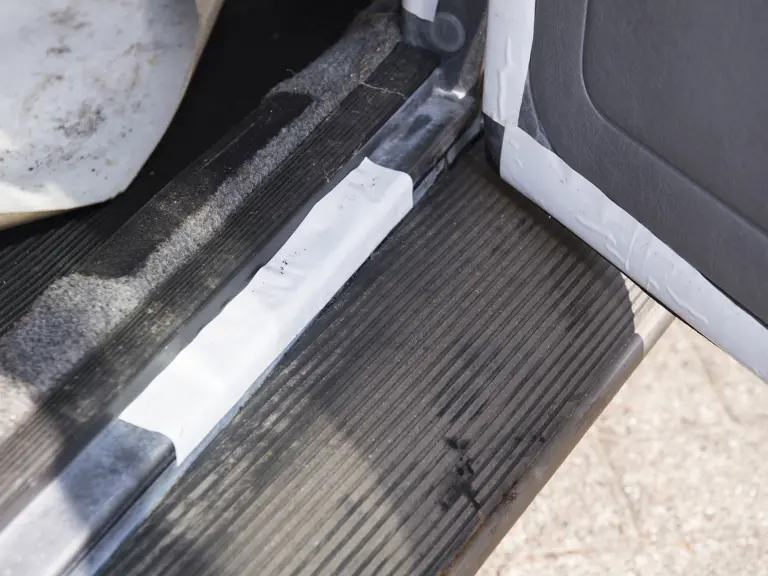
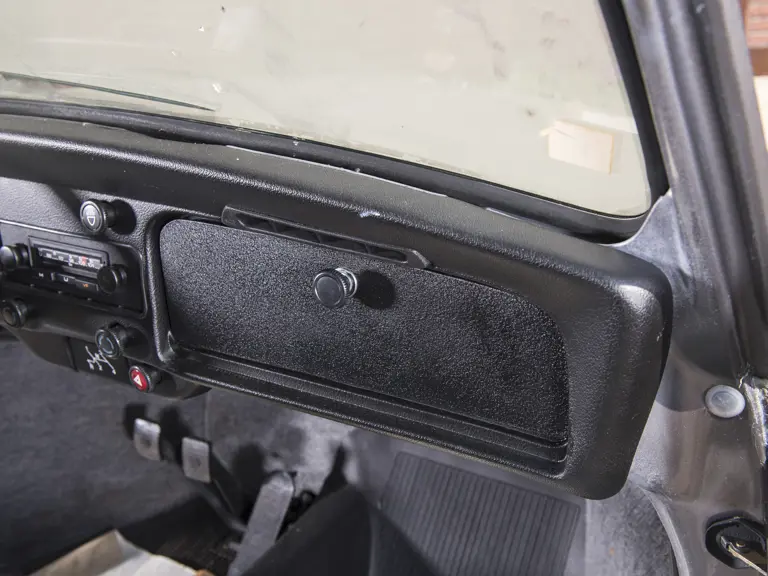
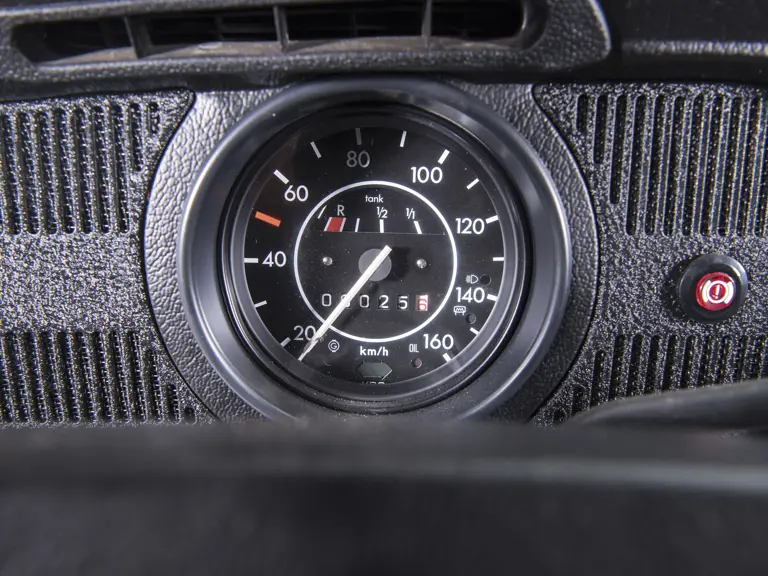

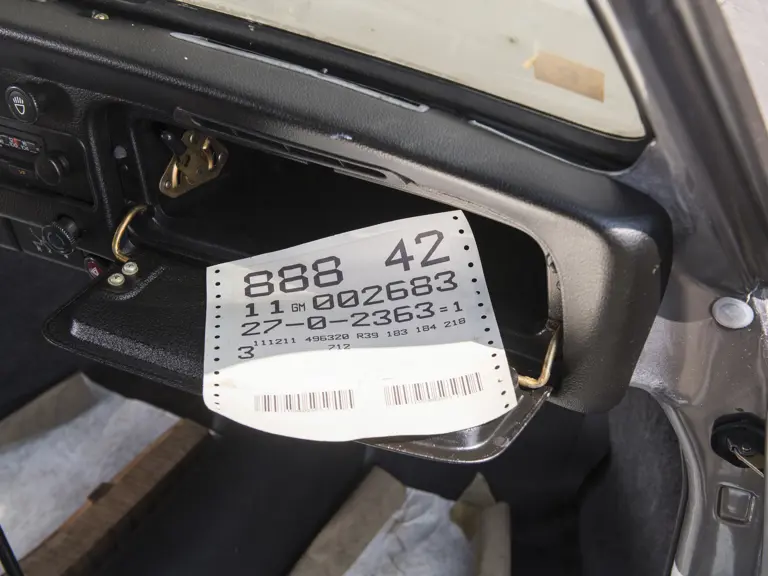

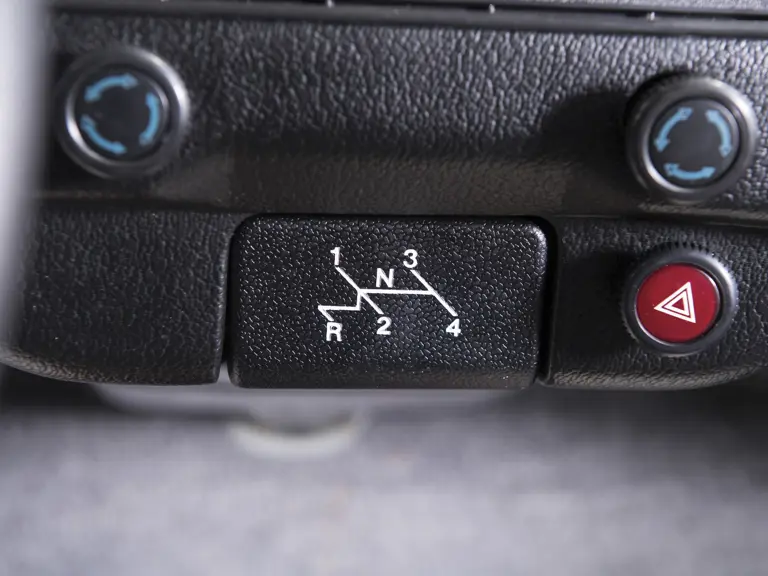
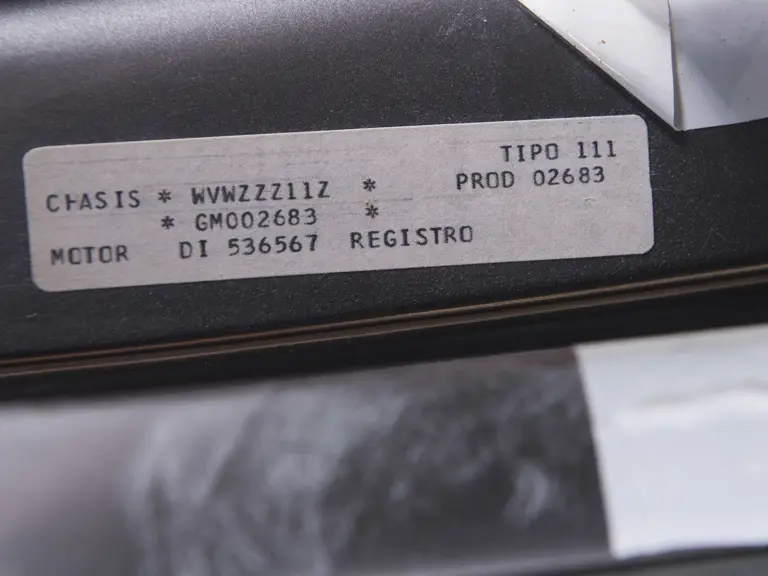
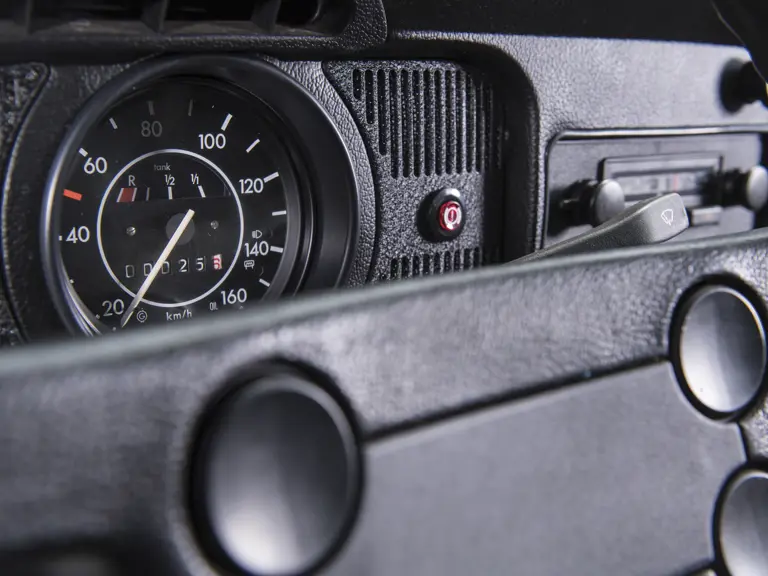
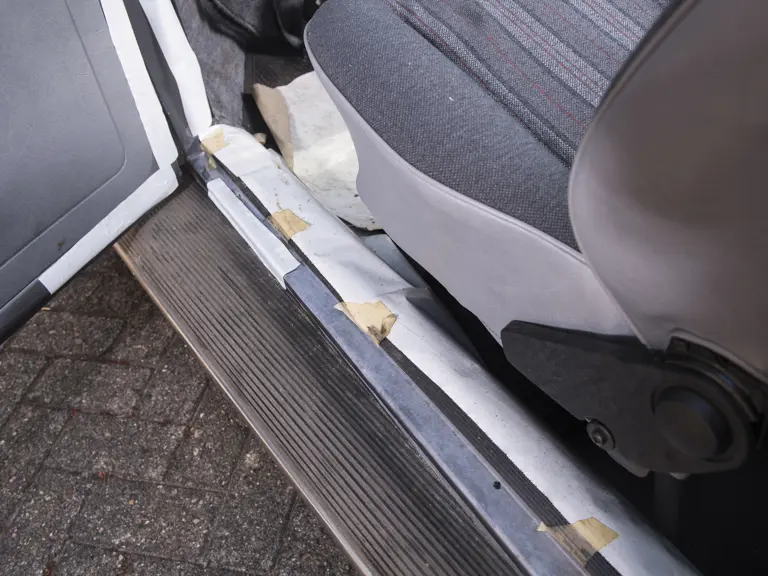

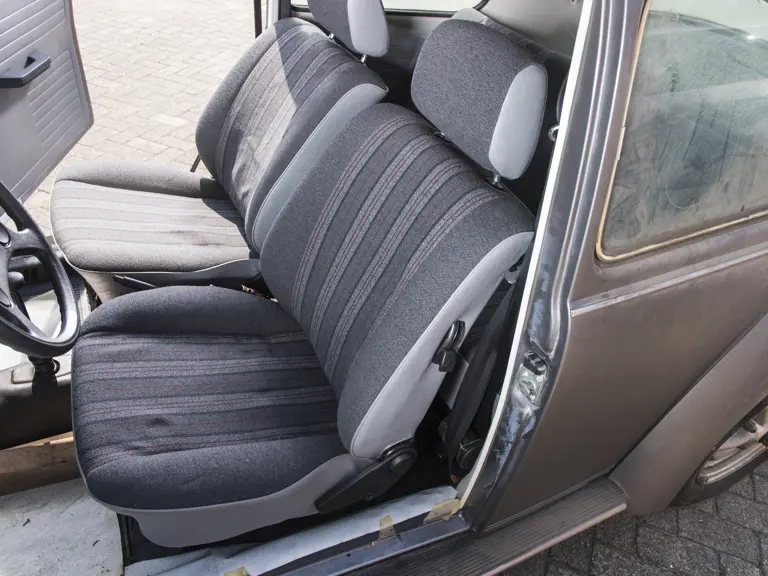
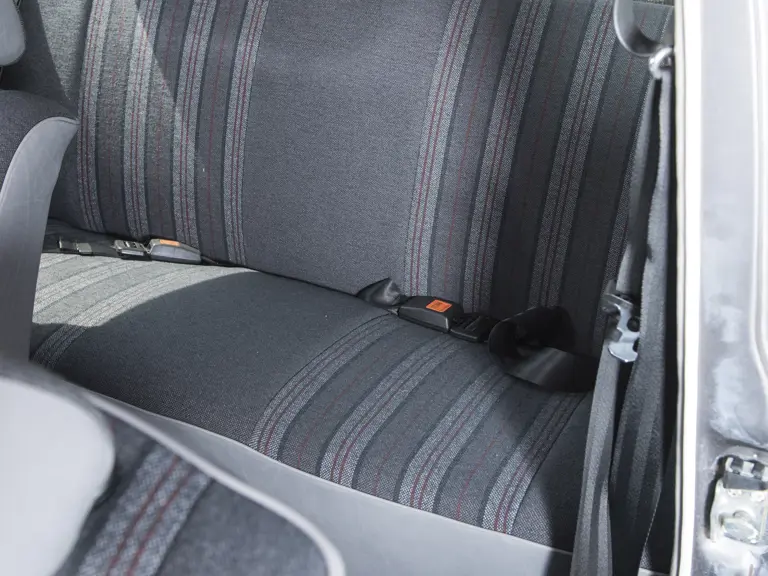
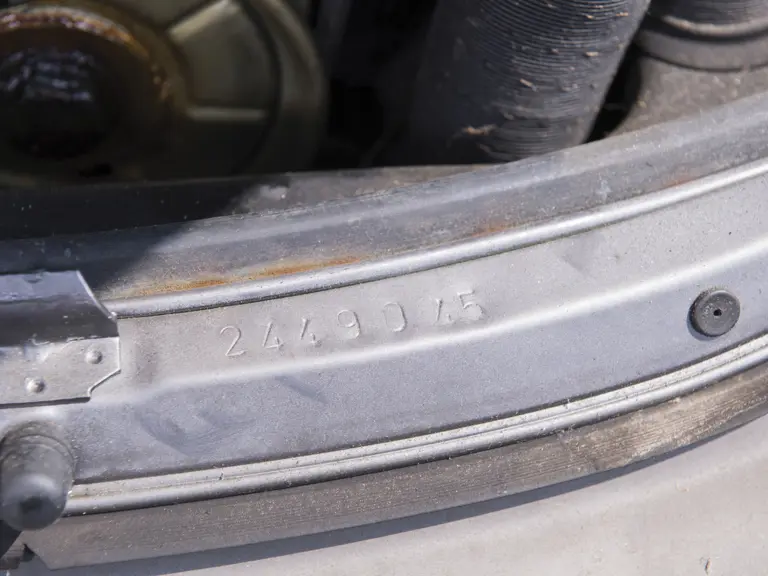
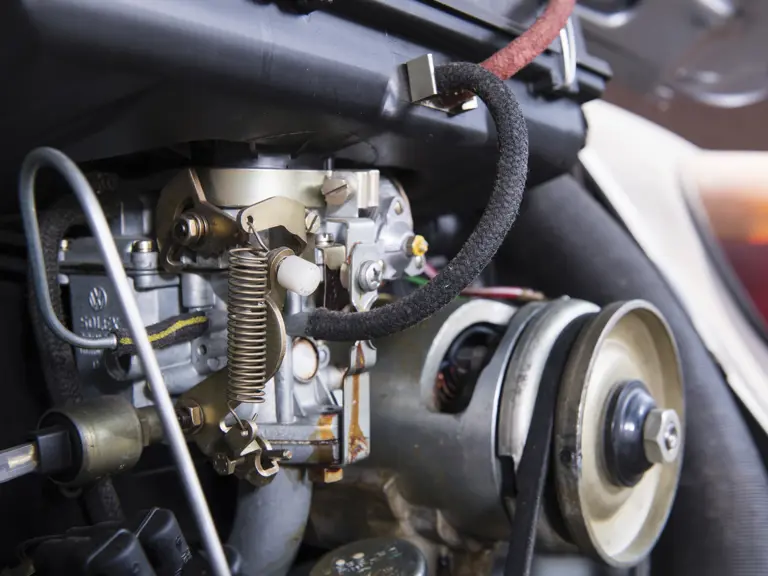
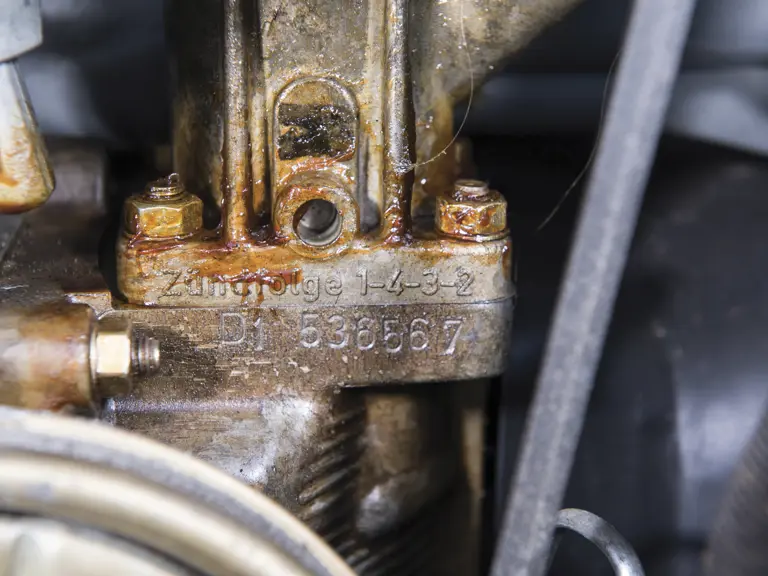
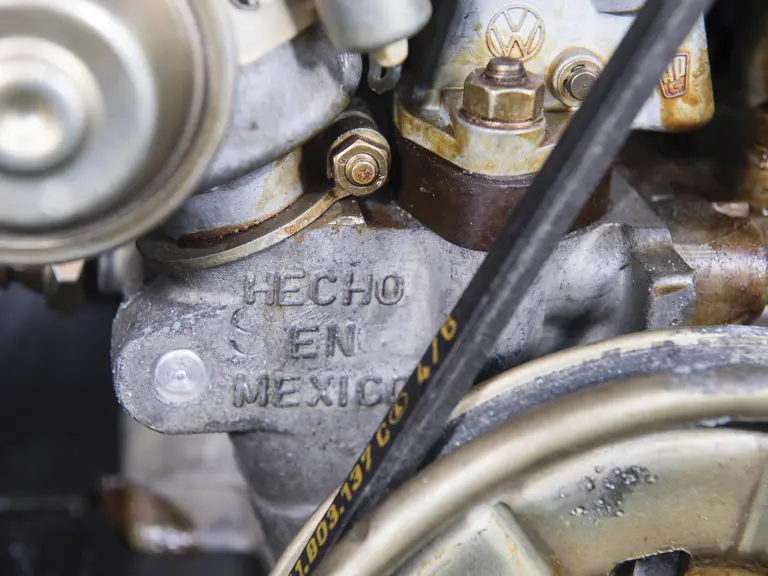
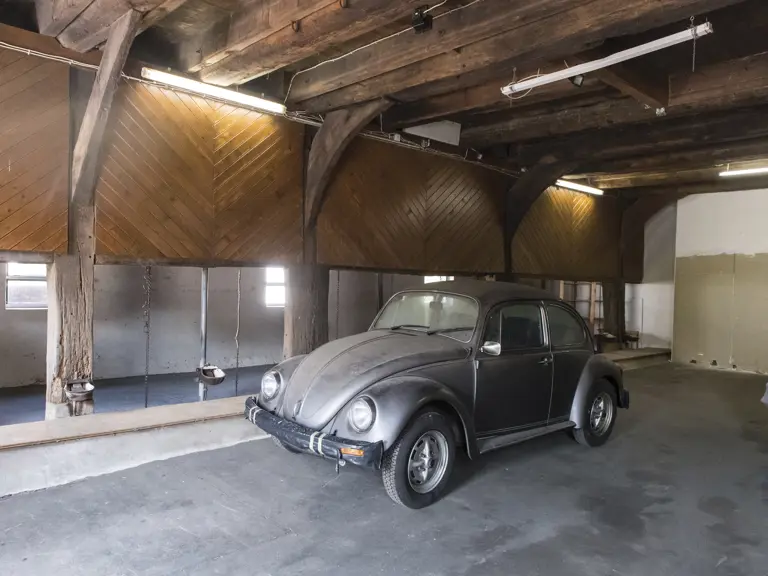
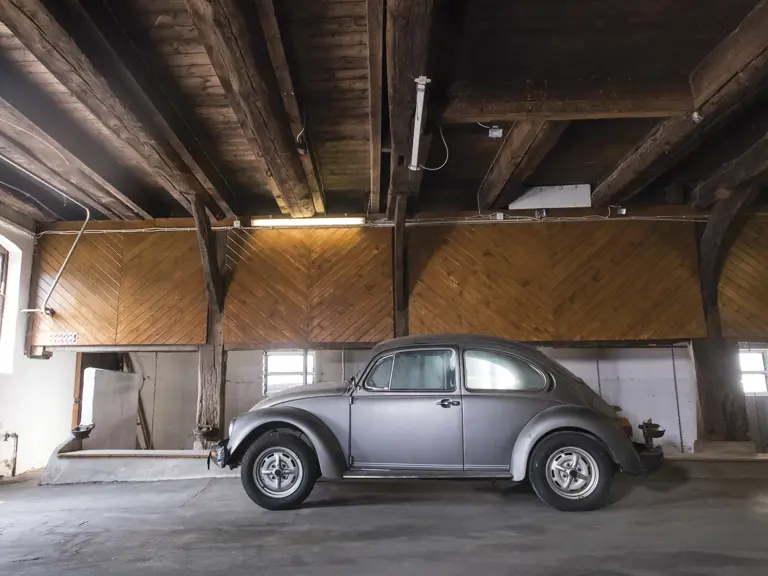
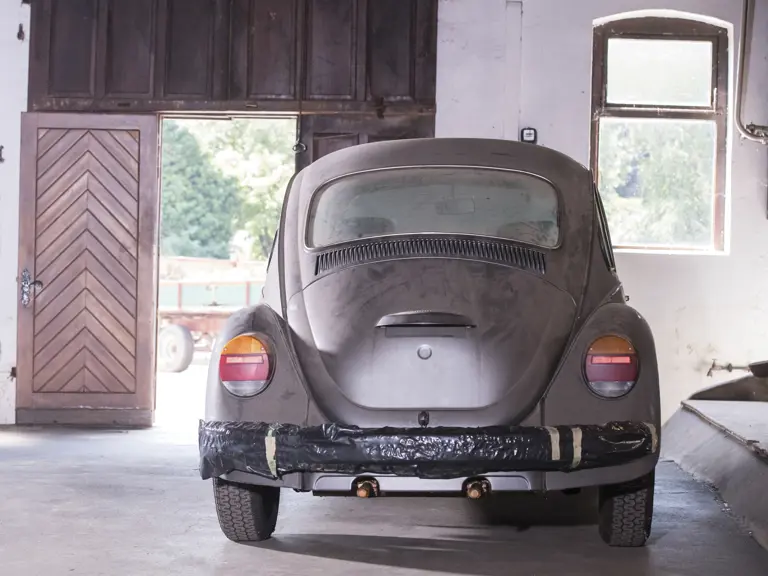
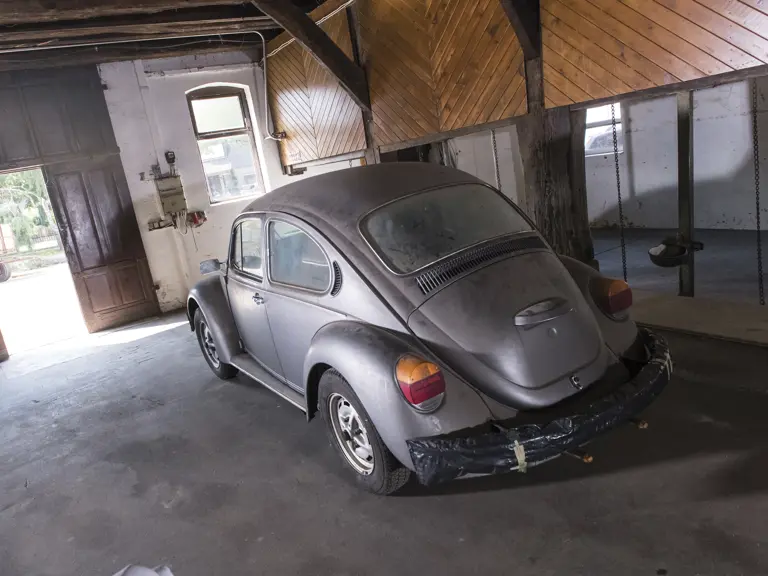
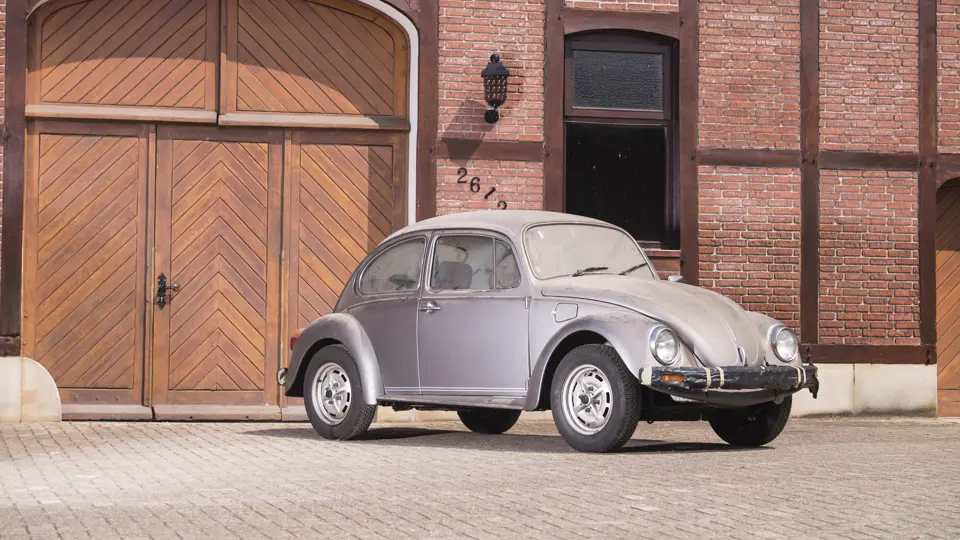
 | London, United Kingdom
| London, United Kingdom

